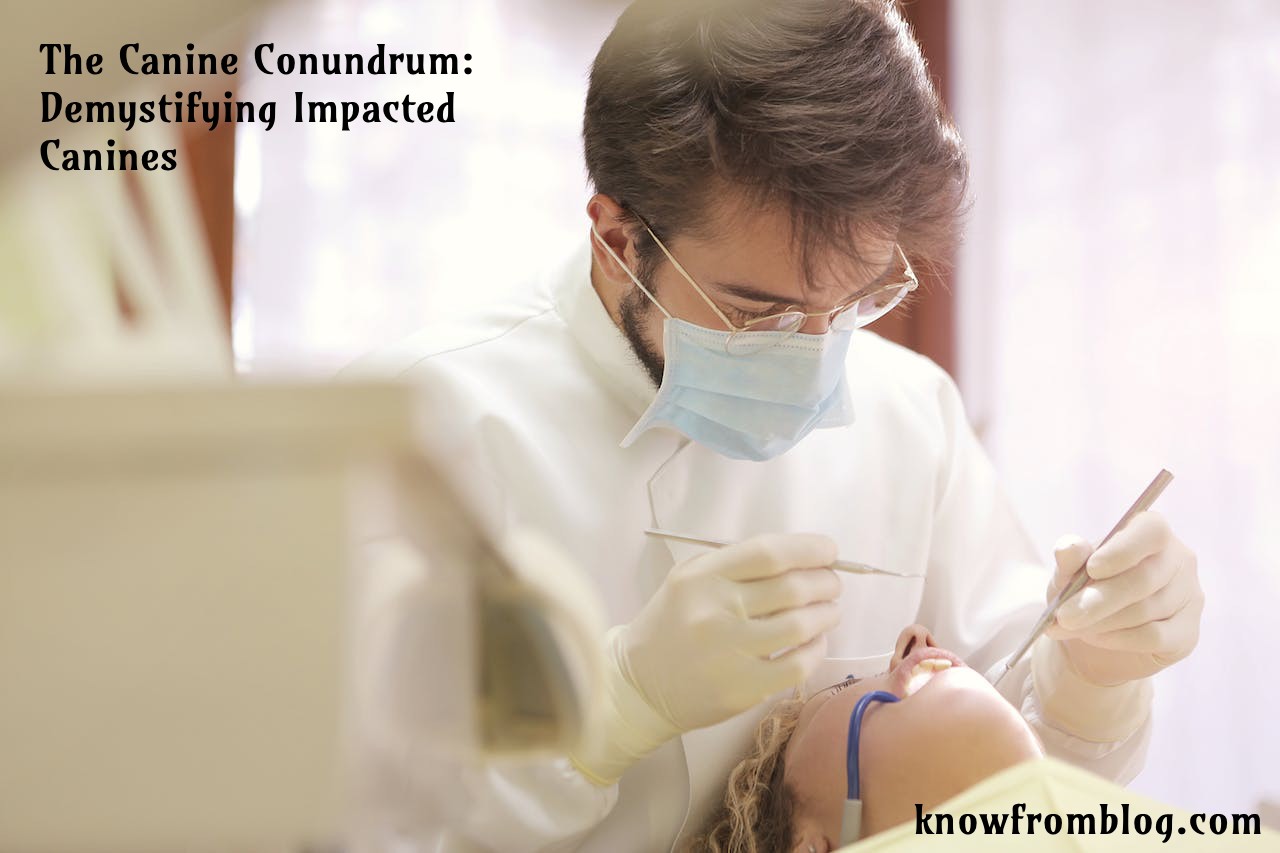When it comes to dental health, impacted canines might not be a term you hear every day. Yet, understanding this dental phenomenon is crucial, especially if you or someone you know is experiencing unusual oral discomfort or has had anomalies detected in dental X-rays. Let’s delve into the world of impacted canines and shed some light on this intriguing dental subject, as well as explore the finest alternatives to natural teeth that can help individuals facing dental challenges associated with impacted canines.
Decoding the Dental Jargon: What are Impacted Canines?
Simply put, an impacted canine refers to a canine tooth (the pointed teeth near the front of your mouth) that has failed to emerge fully into its expected position in the mouth. This can happen for a variety of reasons, ranging from overcrowding of teeth to unusual growths obstructing the tooth’s path. Understanding and addressing impacted canines can be essential not only for your oral health but also for nerve relaxation, as untreated dental issues can lead to discomfort and anxiety.
Canine teeth, due to their pointed nature, are named after the Latin word ‘caninus,’ meaning “of the dog.”
Why Worry About Impacted Canines?
While it might be tempting to adopt a wait-and-see approach, impacted canines are more than just a minor inconvenience. If left untreated, they can lead to:
- Misalignment of surrounding teeth.
- Formation of cysts.
- Damage to neighboring teeth.
By seeking timely intervention, as advised by specialists at sites like Temecula Facial Oral Surgery, you can prevent these complications and ensure a healthy, radiant smile.
Spotting the Signs
Early detection is vital when dealing with dental issues. Some common signs of impacted canines include:
- Prolonged gaps in the location where the canine tooth should emerge.
- Redness or swelling in the gums.
- Occasional discomfort or pain in that region.
However, it’s crucial to note that sometimes impacted canines can be asymptomatic, making regular dental check-ups indispensable.
The Diagnostic Drill
Diagnosing impacted canines usually involves a comprehensive dental exam and X-rays. Advanced imaging techniques, as employed by leading oral health centers like Temecula Facial Oral Surgery, can pinpoint the exact location and orientation of the impacted tooth, guiding the treatment strategy.
The Road to Resolution
Treatment for impacted canines is tailored to individual needs. Some of the common approaches include:
- Orthodontic Treatment: Braces or other orthodontic devices can be used to create space for the impacted tooth, allowing it to emerge naturally.
- Surgical Exposure: In cases where the canine tooth is not likely to emerge on its own, a minor surgical procedure can expose the tooth, followed by orthodontic treatment to guide it into its rightful position.
Prevention: A Step Ahead
While not all cases of impacted canines can be prevented, early orthodontic evaluations can detect potential issues. Early intervention, especially during the age of 7-10 years, can help in guiding the canines into their correct positions.
Interesting Tidbit: Canines are typically the last of the front teeth to come into place, usually around the age of 13!
Navigate the Nuances of Impacted Canines with Confidence
Dental health is a significant facet of overall well-being. By understanding issues like impacted canines, you’re not only equipped to make informed decisions but also ensure that your dental health remains in top-notch condition. With trusted sources and expert guidance available, you can face the canine conundrum head-on and flash that perfect smile with pride!

